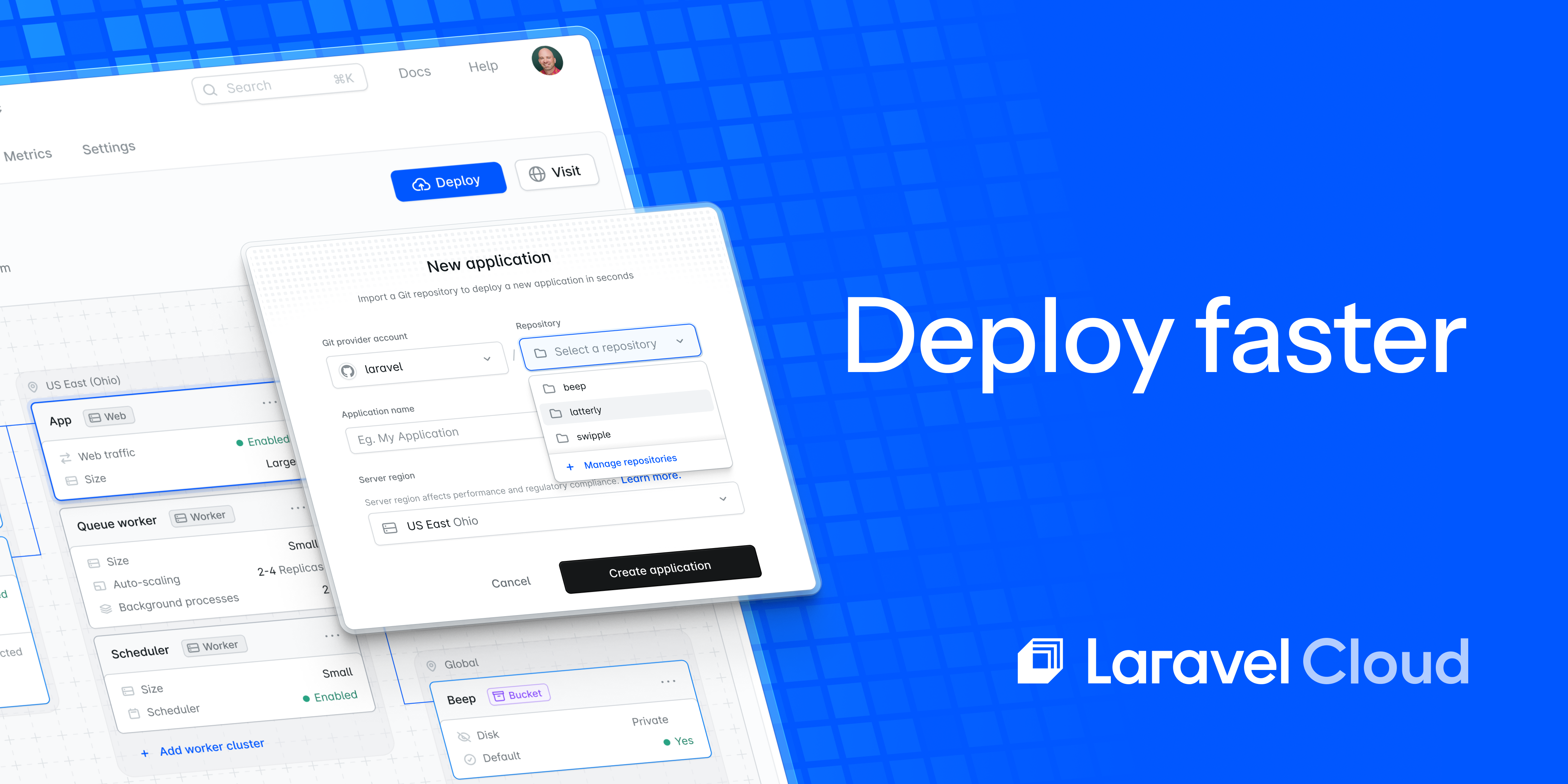A few months ago, I started working with Honeybadger to build a new set of client libraries for PHP. As a PHP developer, I had honestly never heard of Honeybadger before. Once I started exploring the product’s features and offerings, I was very impressed.
Let’s face it: having to log into multiple services to accomplish related tasks is really a bummer. The biggest draw for me personally is that Honeybadger is so much more than exception reporting: they also do external uptime monitoring, and they monitor background jobs with a really neat feature called Check-Ins. Being able to have Honeybadger ping my applications and have my background jobs and Cron jobs monitored, under one roof, is a major win.
Getting to build and iterate on these libraries has been a really rewarding experience. So far we’ve built new error tracking libraries for PHP and Laravel, with other framework integrations in the pipeline. My primary goal for building these libraries was the ergonomics; I really wanted these integrations to be extremely easy to use and understand. I feel like that goal really resonates with the core beliefs and goals of Honeybadger as a product and organization.
Since the crew over at Honeybadger are mostly Ruby and Rails developers, they were able to offer a different perspective than my own. For example, the Rails integration has an install command and it was proposed that we add something similar to that for the framework integrations (currently in development). This is not something I had ever considered before, as I have rarely seen this in the PHP community. I think it really enhances the developer experience and allows you to get up and running with the integration in a matter of minutes.
The care and thought that the Honeybadger team puts onto their products and integrations really resonates with me, I’m quite thankful to be a part of it.
Try Honeybadger Free for 15 Days
Many thanks to Honeybadger for sponsoring Laravel News this week










